



Angus | 1548
Auchterhouse may have derived its name from Achter, the high ground on which the church stands; or from Achadh Torr, the house with the tower in the field. According to modern authorities, the name signifies the ‘kirk on the height’. In older documents the name appears as Auchtirhous, Ochtirhous, Ouchterhous, Owchtirous, Ochirhous, Uchterhous, Uchtirliouse, Uchtirhous, Utherhous.
as comprising the ‘lands of Halton, Dominical lands of Kirkton of Auchterhouse, town and lands of Liochs Easter and Wester, Eastfield, Cotton, Burnsyd, Burnhead, Newton, Bonnington, Knowhead, with Manor there of Auchterhouse, teinds of the Rectory and vicarage of the church and parish of Auchterhouse’.
Auchterhouse was an important country seat, and part of the barony came to the Ogilvy Earl of Airlie before 1400. These lands passed successively through the families of the Ogilvys of Airlie, Earls of Buchan, and Earls of Strathmore, finally returning to the Ogilvy’s in 1715. Other parts of the barony, particularly the lands of Templeton, belonged to the Knights Templar. After suppression of the order, those lands, along with the other parts of the barony, were given to Sir William Ramsay.
The castle may have been in ownership of the Ramsay family, who were hereditary Sheriffs of Angus. Sir William Wallace is alleged to have stayed at the castle, and one its towers was named in his honor. King Edward I of England spent the night of 20 July 1303 at the castle. The castle came into the possession of James Erskine, 7th Earl of Buchan who may have built the 17th century tower house.
referred to as the ‘Wallace Tower’, located on the private grounds of the later mansion bearing the same name. The castle annotated on the Pont map for the area depicts a castle consisting of a tower house of four stories with a wing and perhaps a courtyard. Again, it is unclear if that is a representation of a more traditional castle or of an early representation of the current manor house. It is clear the old tower had been destroyed or demolished. It is possible the castle may have been sacked or damaged because of conflicts.





Angus | 1548
Auchterhouse may have derived its name from Achter, the high ground on which the church stands; or from Achadh Torr, the house with the tower in the field. According to modern authorities, the name signifies the ‘kirk on the height’. In older documents the name appears as Auchtirhous, Ochtirhous, Ouchterhous, Owchtirous, Ochirhous, Uchterhous, Uchtirliouse, Uchtirhous, Utherhous.
as comprising the ‘lands of Halton, Dominical lands of Kirkton of Auchterhouse, town and lands of Liochs Easter and Wester, Eastfield, Cotton, Burnsyd, Burnhead, Newton, Bonnington, Knowhead, with Manor there of Auchterhouse, teinds of the Rectory and vicarage of the church and parish of Auchterhouse’.
Auchterhouse was an important country seat, and part of the barony came to the Ogilvy Earl of Airlie before 1400. These lands passed successively through the families of the Ogilvys of Airlie, Earls of Buchan, and Earls of Strathmore, finally returning to the Ogilvy’s in 1715. Other parts of the barony, particularly the lands of Templeton, belonged to the Knights Templar. After suppression of the order, those lands, along with the other parts of the barony, were given to Sir William Ramsay.
The castle may have been in ownership of the Ramsay family, who were hereditary Sheriffs of Angus. Sir William Wallace is alleged to have stayed at the castle, and one its towers was named in his honor. King Edward I of England spent the night of 20 July 1303 at the castle. The castle came into the possession of James Erskine, 7th Earl of Buchan who may have built the 17th century tower house.
referred to as the ‘Wallace Tower’, located on the private grounds of the later mansion bearing the same name. The castle annotated on the Pont map for the area depicts a castle consisting of a tower house of four stories with a wing and perhaps a courtyard. Again, it is unclear if that is a representation of a more traditional castle or of an early representation of the current manor house. It is clear the old tower had been destroyed or demolished. It is possible the castle may have been sacked or damaged because of conflicts.







Contact
Forum for the Scottish Baronage, c/o Brodies LLP, Capital Square, 58 Morrison Street, Edinburgh EH3 8BP, Scotland UK
Copyright
Copyright 2022, Forum for The Scottish Baronage, as a collective work, all additional rights to content contributed and/or licensed contained herein are expressly reserved to such contributors and licensors as independently owned and protected copyrighted works.
